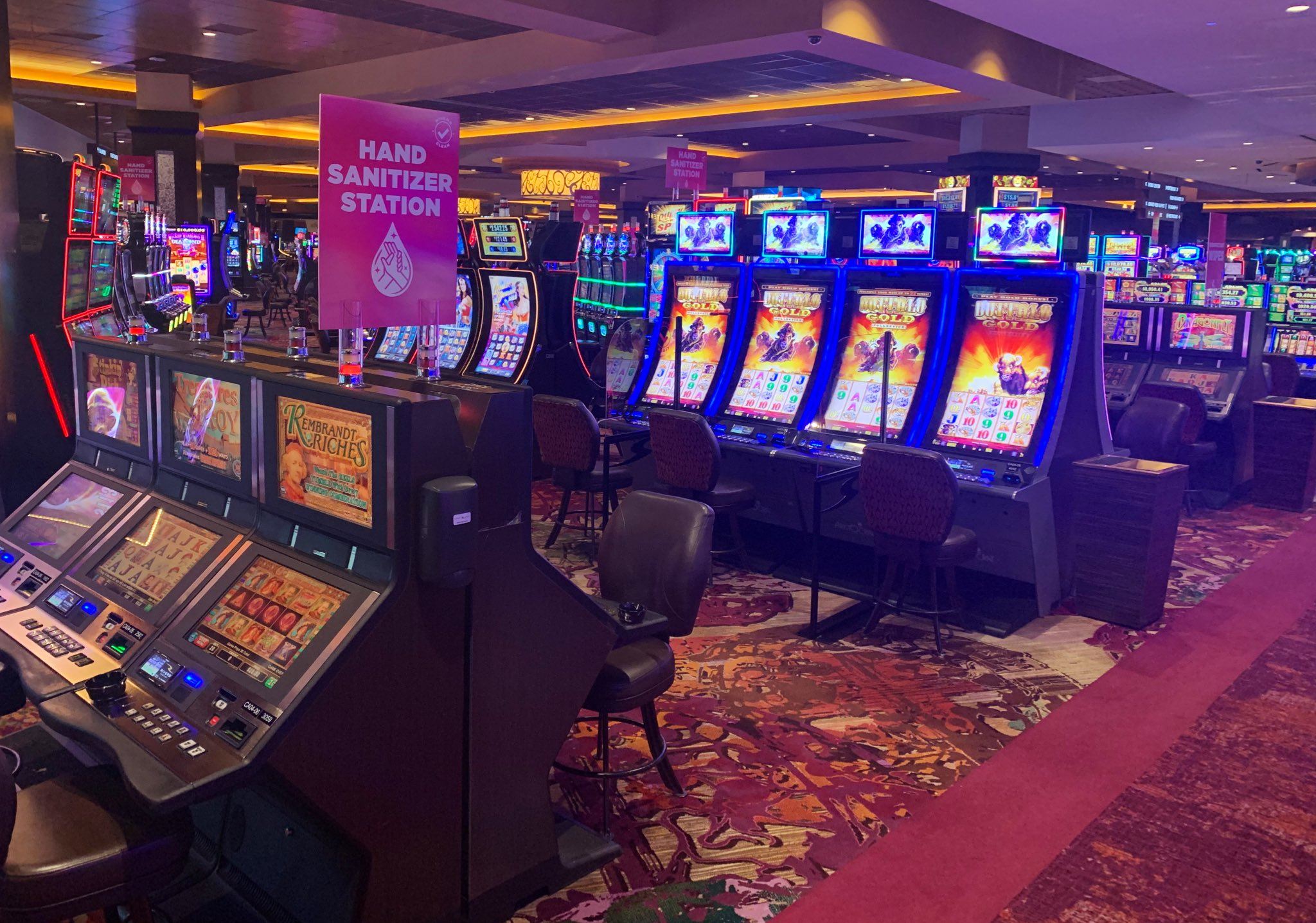
Casino experiences have long captivated people’s attention, drawing participants into a world filled with luck, planning, and the allure of thrill. Each experience is meticulously crafted not just for enjoyment, but also to inspire targeted emotional responses that keep gamblers immersed and committed. Understanding the motivations behind these designs reveals much about how behavioral psychology plays a vital role in the gaming experience.
From the dazzling lights and lively sounds to the sophisticated layering of systems and rewards, casino games are designed to create an atmosphere of excitement and eagerness. Game designers leverage mental cues to influence player behavior, whether through the use of jackpots, near-miss scenarios, or social connections. By examining these factors, we can better appreciate how casino games fulfill not just a desire for entertainment, but more profound psychological needs for excitement and hazard.
Grasping Gamer Behavior
Casino games are engineered with a profound understanding of player psyche, which is essential for drawing in and keeping players. The excitement of the game, combined with the hope of winning, establishes a powerful allure. Game designers employ elements like sonic elements, dynamic graphics, and engaging gameplay to seize attention and elicit emotional responses. These sensory elements enhance the overall experience, making players feel more invested in the game.
Another notable aspect of player behavior is the notion of risk and reward. Casino games often weigh high-stakes situations with the potential for significant rewards, which can cause the event known as near-miss effect. When players come close to winning, the brain releases dopamine, strengthening their behavior and encouraging them to persist playing in search of that elusive win. This cycle of anticipation and letdown plays a crucial role in how games are constructed and advertised.
Lastly, community aspects also play a pivotal role in player behavior at casinos. Many games are made to be played in pairs or with other players, fostering a sense of belonging and collective experience. The community engagement inherent in games like poker enhances enjoyment and can result in longer play sessions. Designers leverage on this by creating environments that encourage players to linger, socialize, and come back, making the overall casino experience more inviting.
The Role of Visuals and Audio
Visuals and audio play a significant role in elevating the gambler’s experience within casino games. Designers utilize bright colors, eye-catching graphics, and engaging animations to grab gambler’s attention and sustain their focus. The use of motifs, such as exploration or opulence, helps create an enthralling atmosphere that transports players into a different world. By connecting to the senses, these elements add to a intensified emotional response, prompting players to engage more profoundly with the games. FB88
Sound design is equally important in enhancing the experience of gambling games. The mix of background music, sound effects for successful combinations, and ambient noises creates an auditory landscape that keeps players enthralled. Sounds associated with victories, such as chiming bells or celebratory music, evoke feelings of excitement and satisfaction, prompting players to keep playing. These audio cues are carefully placed to enhance the thrill of the game and create a more immersive experience.
Moreover, the alignment of visuals and sound is important for reinforcing the game’s overall concept and atmosphere. Each element should coordinate seamlessly to create a unified experience that pulls players in. The effective use of this synergy not only enhances user enjoyment but also increases the chances of repeat play, as players become more engaged in the immersive world that the casino games offer. This thoughtful combination of visuals and audio ultimately enhances player engagement and commitment.
Reward Systems and Participation
The creation of casino games greatly relies on reward systems to keep players involved and returning for more. These systems are rooted in behavioral principles that take advantage of human nature and motivation. Players are often motivated by the thrill of success, which is reinforced by immediate responses through the game structure’s design. This instant gratification not only improves the overall experience but also cultivates a feeling of success, prompting participants to keep playing in hopes of bigger gains.
Casinos utilize various incentive systems, including large payouts, bonuses, and multipliers, to captivate players. These elements create a level of excitement that sustains interest. Additionally, the unpredictability of results plays a crucial role in keeping interest. The intermittent reinforcement schedule, where successes are random but happen often enough, keeps participants on edge and driven to keep playing. This loop of anticipation and anticipation is essential to the effectiveness of gambling experiences.
In addition, social elements, such as competitive events and collaborative options, boost the participation factor by leveraging the desire to compete of participants. The communal aspect of gaming with fellow participants can amplify the excitement of success and create a community atmosphere within the gaming space. By combining these social dynamics with effective incentive structures, casino games don’t just offer fun but also foster a stronger bond among participants, reinforcing their commitment to the overall experience.
FB88
